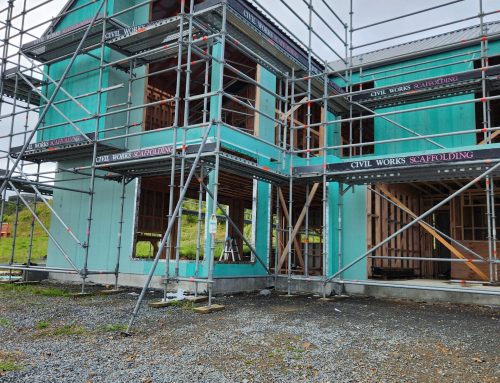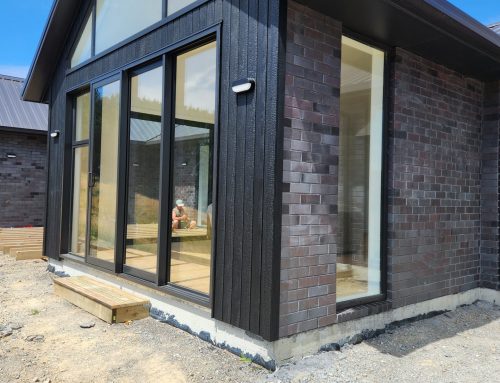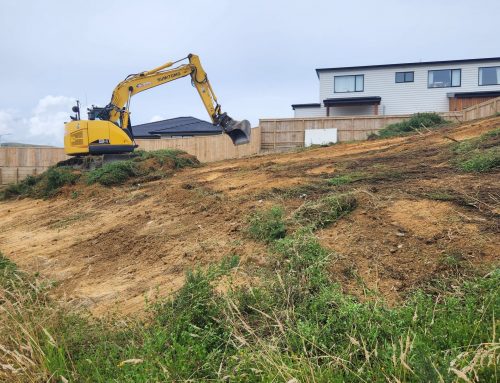Alright, let’s talk H1. It’s now officially in play here in New Zealand, moving the bar for how homes are now built across the board in NZ.
H1 refers to the New Zealand government’s initiative to create warmer, dryer, healthier, and beyond building code performance standards in homes throughout the country. Setting a higher standard for new builds.
There are of course guidelines on who and what it is for, but essentially whenever a home looks to change its insulation in some way you need to consider H1 standards.
What does that mean if you are building your dream home?
Lavish Homes explains below…
Understanding H1 Requirements
What are H1 Requirements?
Building your dream home is an exciting venture, and it’s important to familiarise yourself with the local building regulations. One crucial aspect to understand is the H1 requirements.
H1 requirements, also known as the “Durability” requirement, are a set of regulations defined in the New Zealand Building Code. They primarily address the durability aspects of a building, focusing on protecting the structure and its components from long-term damage caused by environmental factors such as moisture, wind, earthquakes, and other natural hazards.
Being a new build makes it slightly easier for the owner, as you are starting from scratch, so you don’t have to worry about any pre-existing structures or potential issues.
However, it does mean from 1 May 2023 you need to be abiding by the new insulation rules. You can find the transition period and requirement table here. So, ensure whoever you work with knows these guidelines or it won’t pass inspection (don’t worry we’ve got it covered).
In the table, you will see when you need to move to the increased R-Value for insulation, and what each product e.g. window, walls; requirements are. But it’s not the same across every region. It’s different to dependent on where you live in the country (lucky for us we only need to worry about the Wellington Region).
We get it can seem overwhelming with all the building jargon being thrown at you, so we’ve broken down key points and elements below to help.
Significance of H1 Requirements:
Protecting Investments
The H1 requirements ensure that your home remains structurally sound and free from major defects for an extended period. Compliance with these regulations helps protect your investment by reducing the likelihood of significant repair costs in the future.
Ensuring Safety
Meeting H1 requirements ensures that your home is designed and constructed to withstand various environmental challenges, such as wind, moisture, and earthquakes. This factor is crucial in New Zealand, where the country experiences frequent seismic activity.
Promoting Sustainability
H1 requirements encourage the use of durable materials and construction practices that promote sustainability. By incorporating sustainable elements, you can minimize the environmental impact of your home and potentially reduce ongoing maintenance needs.
Key Elements of H1 Requirements:
Weather-tightness
Ensuring the building envelope is constructed in a way that prevents moisture ingress, such as proper cladding installation and weather-resistant barriers.
Structural Integrity
Using durable materials and construction methods to withstand various loads, including wind, snow, and seismic forces. This involves proper foundations, framing, and connections.
Hazard Resistance
Considering the local natural hazards, such as earthquakes, and implementing appropriate design and construction techniques to minimize risks and ensure the safety of occupants.
Maintenance
Addressing ongoing maintenance requirements and providing guidelines for maintaining the durability of building elements over time.
Compliance and Documentation
To demonstrate compliance with H1 requirements, you may need to provide documentation such as architectural plans, engineering reports, product warranties, and installation certificates. It is essential to work closely with qualified professionals, such as architects, builders, and engineers, who have expertise in New Zealand building standards and regulations (Lavish Homes is one of them).
Understanding the H1 requirements is crucial when building your home in New Zealand. These regulations focus on ensuring the durability, safety, and sustainability of your property. By adhering to H1 requirements, you can protect your investment, create a structurally sound home, and contribute to the overall quality and longevity of New Zealand’s built environment.
If you are looking to build Lavish Homes has the expertise to help ensure compliance and peace of mind throughout your construction journey.
Get in touch today.









